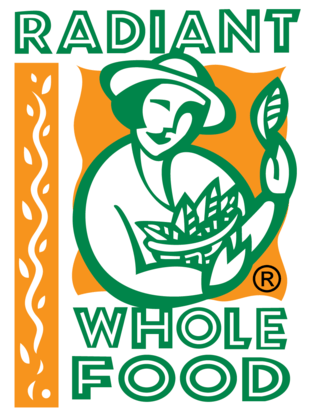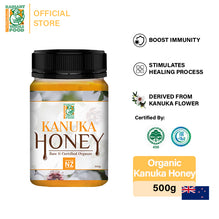Apr 17 , 2020
Start A Healthy Diet
You can reduce pesticide exposure by:
Buying vegetables and fruits from small operators, farmers and buy locally grown produce.
Avoiding commercially - grown imported produce, because toxic chemicals are usually used to prevent rotting in the long journey.
Buying un-sprayed or organic food whenever possible. Avoid genetically modified products. Buy from reliable sources.
Throwing the outer leaves of commercially grown leafy vegetables e.g. Cabbage and lettuce and soak them.
Soak vegetables with a teaspoon of sea salt or vinegar.
Peeling or thoroughly scrub root vegetables like potatoes, sweet potatoes, carrot and fruits like apples, tomatoes and peaches.
You can keep a sprout garden in your kitchen.
Bean sprouts are nutritious and easy to do at home.
Alfalfa, Sunflower, Sesame seed, Buckwheat, Legumes like Mung bean, Adzuki and Chickpeas can be easily sprouted in the kitchen.
You can increase your fiber intake by:
Adding bran or wheat germ to your cereal and pancake or bread making.
Using whole wheat flour in baking.
Eating whole-grain cereals.
Using whole wheat pasta instead of white flour pasta.
Buying only whole wheat or other whole-grain breads and crackers.
Eating more fruit and vegetables.
You can cut down the usage of fat by:
Avoiding fried foods.
Eating less meat and dairy products.
Sauteing onions, garlic and vegetables in a small amount of oil, or even using water instead of oil. You can also just drizzle oil on cooked vegetables instead of stir-frying. Like extra-virgin olive oil and flaxseed oil.
Using mustard, tomato sauces or vegetable spreads rather than fatty gravies, butter, mayonnaise.
Using nut butters, nutritional yeast as it has a cheesy flavour or or all fruit jams on bread instead of butter and margarine.
You can avoid trans fats:
Avoiding naturally occurring trans fat from meat like the gut of animals. Artificial trans fats (or trans fatty acids) are created in an industrial process that adds hydrogen to liquid vegetable oils to make them more solid and longer shelf life.
Avoiding all meats and dairy fats (ice-cream, cheese, butter, whole and low-fat milk) and eggs.
Using meat replacement like textured soy protein can be used instead for cooking and cold-pressed oils like extra virgin olive oil, grapeseed oil or sunflower oil can be used.
You can preserve vitamins and other nutrients by:
Eating whole-grain rather than refined breads and cereals and brown rice instead of polished white rice.
Using fresh fruit and vegetables in season, frozen as a second choice and the last choice canned food.
Not overcooking your food or deep frying.
Steaming or pressure cooking vegetables rather than boiling them.
Saving up the cooking water from cooking vegetables. This is rich in nutrients and water soluble flavours. It can be used as a base for soups or broths.
Avoiding prolonged soaking of fresh vegetables.
Storing perishable items like bread, flour, produce, seeds, nuts, and oils in sealed containers in your fridge or freezer.










